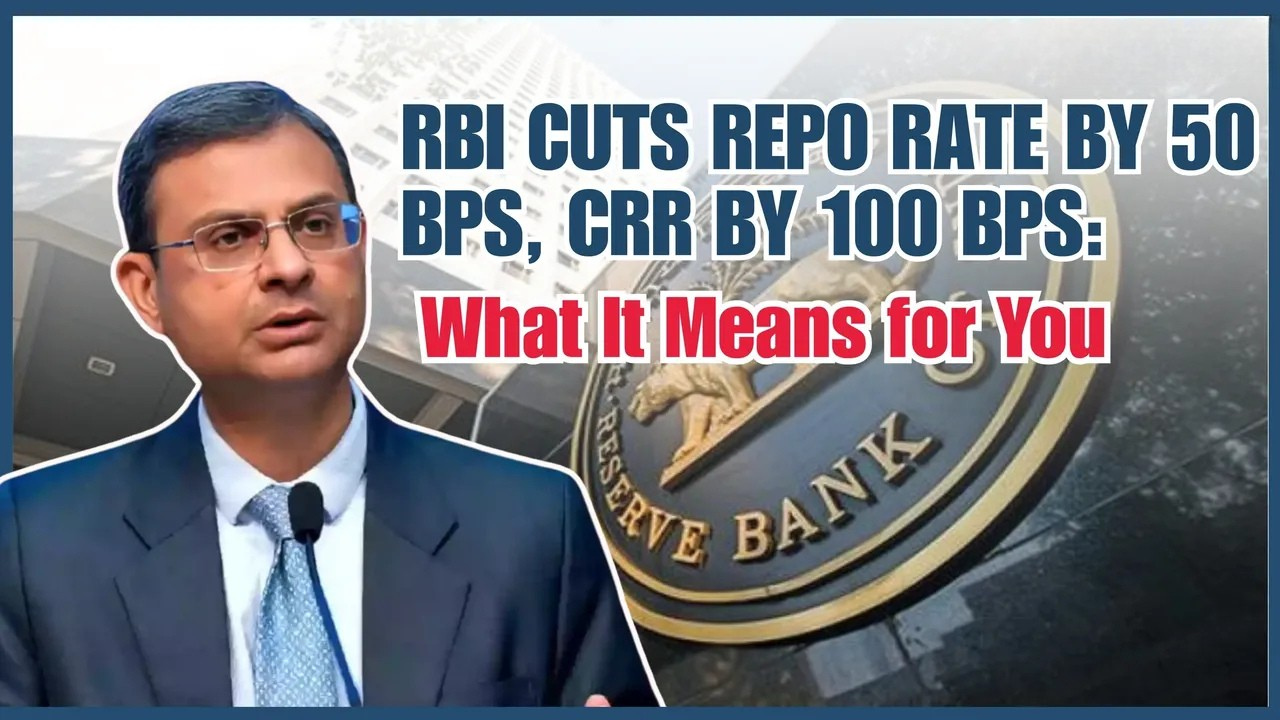- Courses
- GS Full Course 1 Year
- GS Full Course 2 Year
- GS Full Course 3 Year
- GS Full Course Till Selection
- MEP (Mains Enrichment Programme) Data, Facts
- Essay Target – 150+ Marks
- Online Program
- GS Recorded Course
- NCERT- First Ladder
- Polity
- Geography
- Economy
- Ancient, Medieval and Art & Culture AMAC
- Modern India, Post Independence & World History
- Environment
- Governance
- Science & Technology
- International Relations and Internal Security
- Disaster Management
- Ethics
- Current Affairs
- Indian Society and Social Issue
- CSAT
- 5 LAYERED ARJUNA Mentorship
- Public Administration Optional
- ABOUT US
- OUR TOPPERS
- TEST SERIES
- FREE STUDY MATERIAL
- VIDEOS
- CONTACT US
RBI’s Repatriation of Gold from UK to India
RBI’s Repatriation of Gold from UK to India
19-07-2024
- In July 2024, the Reserve Bank of India (RBI) has taken a strategic step by bringing back over 100 tonnes of gold from the UK to its domestic vaults.
- This is the largest repatriation since the early 1990s and reflects the RBI's evolving approach to managing its gold reserves.
Historical Background
|
How Much Gold Does RBI Have?
- Gold Stock:
- The Reserve Bank of India Act, 1934 provides the legal framework for the deployment of reserves in foreign currency assets and gold within parameters of currencies, instruments, issuers, and counterparties.
- As of March 2024, the RBI held 820 tonnes of gold, with 410 tonnes stored domestically and 410 tonnes still held with foreign institutions like the Bank of England and the Bank for International Settlements (BIS).
- As of April 2024, the share of gold is USD 54 billion in India's current forex reserve of USD 650 billion.
- History of Gold Purchasing:
- According to the World Gold Council, the RBI is among the top five central banks buying gold.
- The RBI purchased 200 tonnes of gold during the global financial crisis in 2009.
- In FY 2022, the RBI bought 65 tonnes of gold, 34 tonnes in FY 2023, and 19 tonnes in FY 2024.
Gold Reserves in India
Other Major Buyers of Gold
|
Why Did the RBI Decide to Move the Gold Back to India?
- Protection Against Inflation: Gold retains value well during high inflation. Unlike currencies, gold can appreciate in price during inflation, offering the RBI potential returns even in tough economic times.
- Hedge Against Geopolitical Uncertainty: Current geopolitical events, like the Russia-Ukraine war and the subsequent sanctions on Russia, prompted the RBI to secure its assets within India.
- Gold is considered a safe haven during geopolitical uncertainties.
- Diversification and Liquidity: Adding gold to its reserves helps the RBI diversify its foreign exchange holdings.
- Gold is a secure and liquid asset, easily traded on the international market at transparent prices.
- This provides the RBI with flexibility and additional options for managing its reserves.
- Strength and Confidence: Moving gold back demonstrates India's strong economic growth and its capability to protect its financial assets.
- It signifies confidence in the Indian economy's stability, contrasting with the 1991 economic crisis when India had to pledge gold reserves for foreign currency.
- Storage Charges: Returning the gold to India eliminates the storage costs paid to the Bank of England.
Significance of Gold in the Economy
- Limited Supply & Intrinsic Value: Gold has a finite (limited) supply due to geological limitations, unlike currencies that can be printed at will by central banks.
- Its scarcity (shortage), unique physical properties, and historical significance give gold intrinsic value.
- Hedge Against Inflation: Gold holds its value well during inflation, making it a reliable hedge.
- A 2023 World Gold Council study found a positive correlation between gold prices and US inflation over 50 years.
- Diversification & Stability: Gold diversifies a country's foreign reserves, reducing dependence on a single currency and offering stability during economic challenges.
- Holding gold reserves signals international investors' confidence in a country's economy.
- Jewellery & Cultural Significance: The demand for gold in jewellery remains strong globally, especially in regions like India and China.
- Gold holds cultural significance in many societies, further influencing its value and demand.
Historical Regime of Exchange Rate ManagementThe Gold Standard (1870-1914)
The Bretton Woods System (1944-1971)
The Current Scenario (Multiple Regimes - Post-1971)
Special Drawing Rights (SDRs)
|
Conclusion
- The RBI's decision to repatriate over 100 tonnes of gold from the UK to its domestic vaults is a significant strategic move.
- This reflects the central bank's focus on logistical efficiency, diversified storage, and confidence in the Indian economy's stability.
- This action aligns with global trends among central banks seeking to enhance the security of their foreign exchange reserves during uncertain times.



